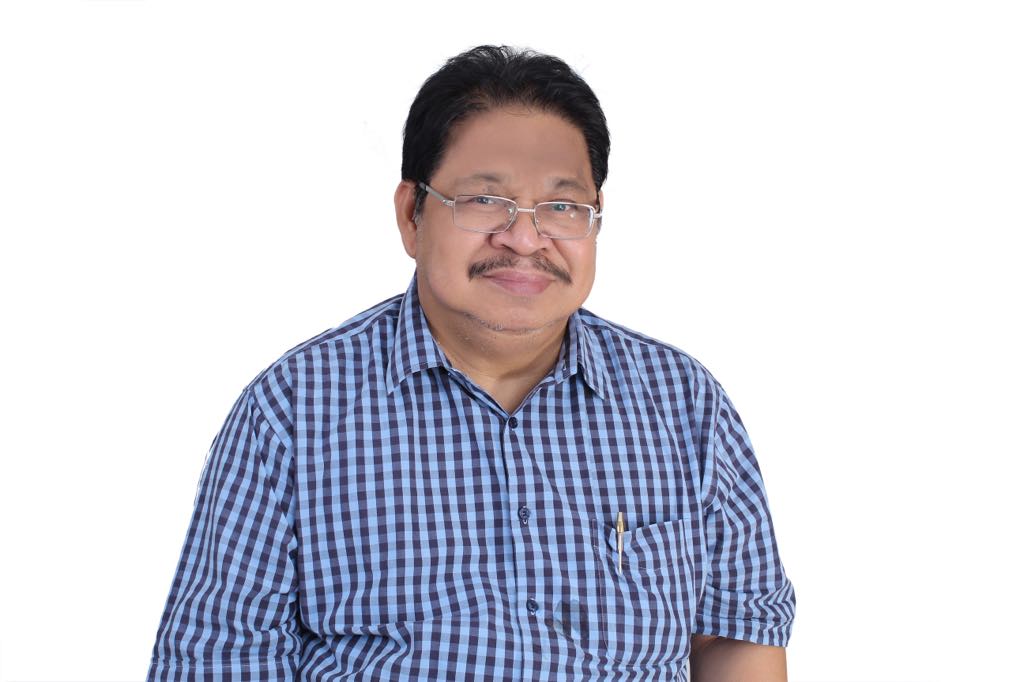“Will Metro Manila be placed under GCQ after May 15?” – SHARP EDGES by JAKE J. MADERAZO
 Government officials are indicating that after May 15, the enhanced community quarantine (ECQ) in Metro Manila may be downgraded to a general community quarantine (GCQ). But questions remain. Have we flattened the curve? Will all areas in the metropolis be placed under GCQ? What if a bigger outbreak happens?
Government officials are indicating that after May 15, the enhanced community quarantine (ECQ) in Metro Manila may be downgraded to a general community quarantine (GCQ). But questions remain. Have we flattened the curve? Will all areas in the metropolis be placed under GCQ? What if a bigger outbreak happens?
A group of Metro Manila mayors believe that a more prudent move should be to use a “selective geographical approach” in determining which areas should be under ECQ or GCQ.
Major business hubs in the National Capital Region (NCR) share joint boundaries with Quezon City, Manila, Makati, Mandaluyong, San Juan, Pasay, Parañaque and Pasig where mobility of employees is unhampered. These cities, however, have the highest number of confirmed new coronavirus disease (COVID-19) cases.
But to quickly jumpstart Metro Manila’s economy, the mayors are proposing that “off-center cities” with low COVID-19 infection rates must be placed under GCQ. These are the cities of Caloocan, Malabon, Navotas and Valenzuela in the northern part; Taguig, Muntinlupa and Las Piñas in the south and Marikina on the eastern side.
These off-center cities host major critical enterprises and manufacturing facilities and are accessible to major highways and provincial markets.
Navotas and Malabon are Luzon and Metro Manila’s fishing capital—vital to sustain food supply; Valenzuela is a manufacturing hub while Caloocan is a gateway to the north and home to businesses and warehouses.
Together with Taguig, Muntinlupa and Las Piñas, essential goods and services for Metro Manila can be mobilized and assured, until the lifting of restrictions.
Of course, numerous ideas will be discussed in the next few days, but in my opinion, this geographical approach for the NCR is best.
—————
The number of confirmatory PCR (polymerase chain reaction) tests being conducted by our health authorities is frustratingly very low. The numbers do not indicate the bigger COVID-19 picture on which experts can base future actions. The World Health Organization says we need to test about 2 percent of our total population of 104 million (2.08 million). And in the case of Metro Manila, which has nearly 13 million people, we should test at least another 2 percent, or around 260,000 individuals.
The Department of Health through the Research Institute for Tropical Medicine (RITM) and regional laboratories conducted 5,263 tests on May 3 and 4,501 the day before that, way below its promised 8,000 tests as of April 30.
Reports say that the RITM is working to meet the target after many of its personnel were found positive for the coronavirus. What is happening, Health Secretary Francisco Duque III? The Philippine Red Cross is filling the big gap through its two COVID-19 testing centers, one in Mandaluyong, and the other in Manila. These two molecular laboratories can process 8,000 tests a day. In a radio interview, Sen. Richard Gordon says they are receiving swab tests from Mandaluyong, Parañaque, and Makati, but he wants more to maximize their machines’ capability. His group is targeting 32,000 tests a day with the opening of more laboratories in Subic, Clark, Cebu, Butuan, Davao and Zamboanga.
Today, they are conducting COVID-19 tests on 30,000 sea-based and 11,000 land-based overseas Filipino workers, who recently arrived and are now on 14-day quarantine.
The tests at RITM cost P8,500 each while those at Red Cross are P4,000 each. Indigent patients are tested for free via Philippine Health Insurance Corp.
Disclaimer: The comments uploaded on this site do not necessarily represent or reflect the views of management and owner of Cebudailynews. We reserve the right to exclude comments that we deem to be inconsistent with our editorial standards.

